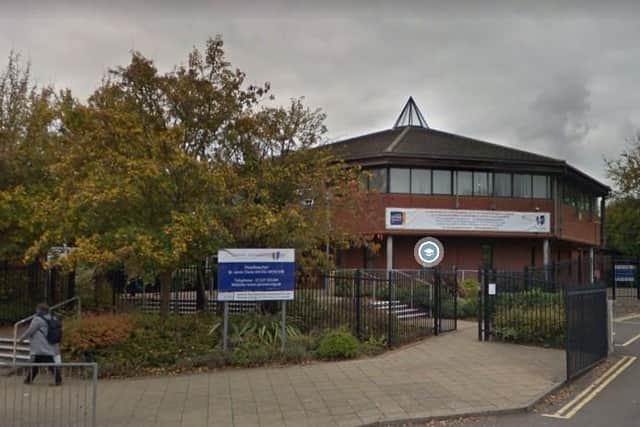'Overcrowded' Northamptonshire secondary school in line for £1.4m of council funding to provide more space for students
and live on Freeview channel 276
A secondary school in Towcester could receive £1.4m of funding for extension and improvement work to help provide more space for pupils.
West Northamptonshire Council’s shadow executive will meet on Tuesday (April 20) to discuss a proposal to fund the work at Sponne School.
Advertisement
Hide AdAdvertisement
Hide AdThe committee is recommended to approve the first tranche of section 106 funding from the Towcester South sustainable urban extension of £1.2m and release £182,942 in historic banked section 106 contributions to the school.


It is also being recommended to delegate responsibility to officers and the relevant portfolio holder to consider the Brackley Road school’s request to provide a further £320,282 for the extension of its science block against the value of the future section 106 funding to be received.
A report to the committee states: "Sponne School is currently undersized when considering the total number of students that attend the school.
"This is as a result of a previous local decision to increase the school’s published admission number (PAN) from 210 to 232 students per year group.
Advertisement
Hide AdAdvertisement
Hide Ad"As a result of this overcrowding, Sponne School commissioned a feasibility study to examine how an increased amount of physical capacity could be provided on the school site to accomodate the existing number of students on roll at the school and with a view to accommodating an increased number of students in the future."
The feasibility study states the school has been oversubscribed for eight years, compounded by the recent expansion of the town due to the significant amount of housing development.
Due to the age and condition of some of the buildings, the school would have to revert to its PAN of 210 without a building programme.
With a building programme, the school would start a process of increasing intake by an additional one form entry in year seven which will continue year on year until the maximum expanded capacity is reached with a revised PAN of 261.
Advertisement
Hide AdAdvertisement
Hide AdOn this basis, the projected capacity of the school could reach 1,600 pupils including 300 in the sixth form.
The study adds the impact of the gradual expansion will require at least 12 new standard classrooms, one new ICT classroom, three new science laboratories and one additional science prep room space.
There would also need to be two new technology and art rooms, one new visual audio studio, two new PE activity studios, a total dining area of 607sqm, improved/expanded sports facilities and an increase in storage provision and toilets.
The work would be carried out in six phases over the next seven years with a total estimated cost of £13.5 million.
Advertisement
Hide AdAdvertisement
Hide AdThe feasibility report identifies that phases one to three must be progressed to deliver sufficient accommodation for the existing number of students currently attending the school at a cost of £6.5 million.